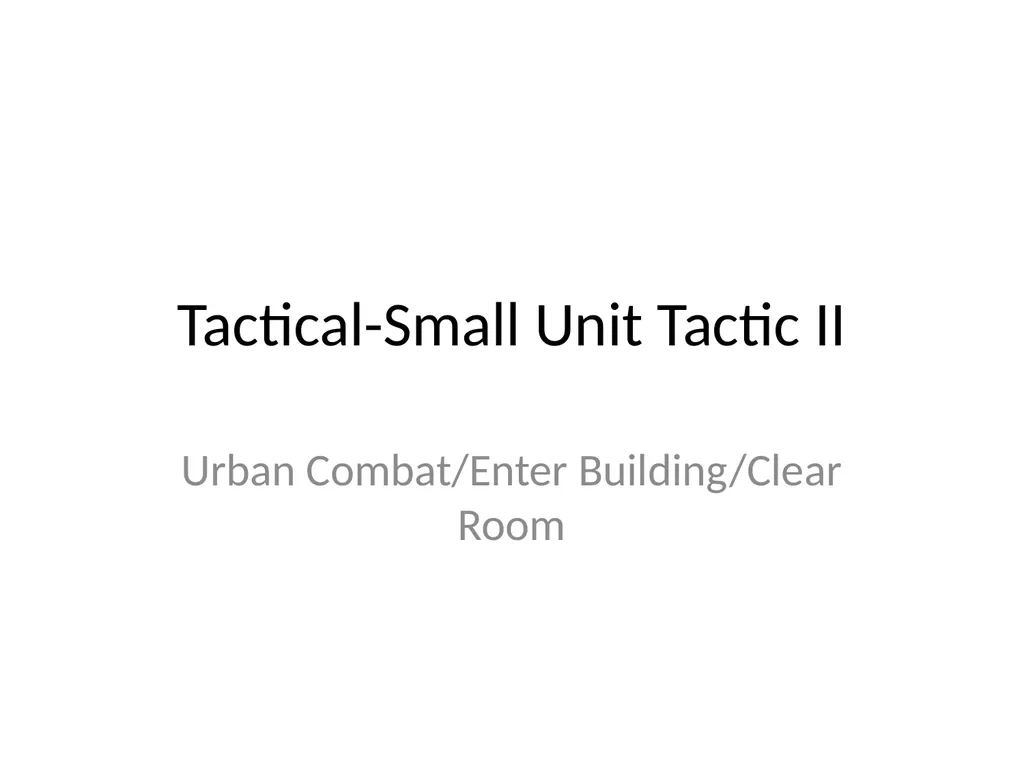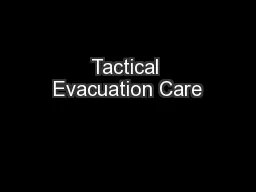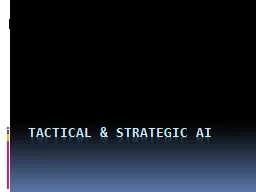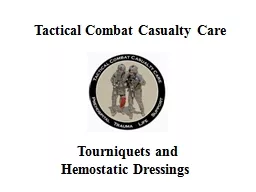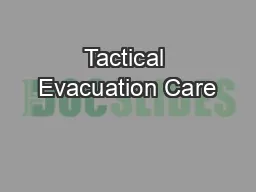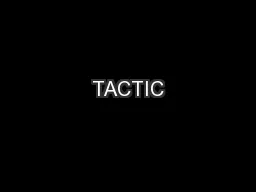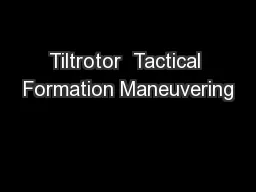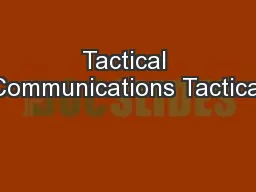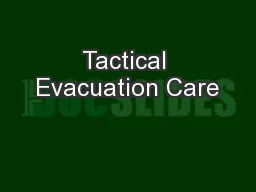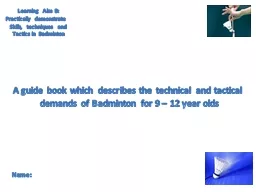Tactical-Small Unit Tactic II Urban Combat/Enter
Author : lois-ondreau | Published Date : 2025-08-13
Description: TacticalSmall Unit Tactic II Urban CombatEnter BuildingClear Room Urban Combat TYPES Infantry units must be trained to conduct urban combat under highintensity conditions Highintensity urban combat requires the employment of combat
Presentation Embed Code
Download Presentation
Download
Presentation The PPT/PDF document
"Tactical-Small Unit Tactic II Urban Combat/Enter" is the property of its rightful owner.
Permission is granted to download and print the materials on this website for personal, non-commercial use only,
and to display it on your personal computer provided you do not modify the materials and that you retain all
copyright notices contained in the materials. By downloading content from our website, you accept the terms of
this agreement.
Transcript:Tactical-Small Unit Tactic II Urban Combat/Enter:
Tactical-Small Unit Tactic II Urban Combat/Enter Building/Clear Room Urban Combat TYPES. Infantry units must be trained to conduct urban combat under high-intensity conditions. High-intensity urban combat requires the employment of combat power of the joint combined arms team. An Infantry unit’s mission is normally to recon, isolate, penetrate, systematically clear, defend the urban area, and engage and defeat the enemy with decisive combat power. Although the changing world situation may have made urban combat under high-intensity conditions less likely for US forces, it represents the high end of the combat spectrum, and units must be trained for it. High-intensity urban operations can be casualty-intensive for both sides. With the integrated firepower of the joint, combined arms team, leaders must make every attempt to limit unnecessary destruction of critical infrastructure and casualties among noncombatants. Urban Combat Precision Conditions. Infantry units train to defeat an enemy that is mixed with non-combatants in precision urban combat. Leaders plan to limit civilian casualties and collateral damage through the establishment of strict rules of engagement (ROE) and the employment of precision weapons and munitions. The ROE provides the focus for the use and restraint of combat power. The ROE may be significantly more restrictive than under high-intensity conditions. Urban Combat Surgical Conditions. Operations conducted under surgical conditions include special-purpose raids, small precision strikes, or small-scale personnel seizure or recovery operations in an urban environment (for example, hostage rescue). Joint special operation forces usually conduct these operations. They may closely resemble US police operations performed by Special Weapons and Tactics (SWAT) teams. They may even involve cooperation between US forces and host nation police. Though regular units may not usually be involved in the actual surgical operation, they may support it by isolating the area, by providing security or crowd control, or providing search and rescue teams. Urban Combat Transitions. Leaders must always be prepared to transition rapidly from one type of urban combat to another, and back. Real-world combat shows us that urban operations can deteriorate rapidly and without warning. A force involved in stability and support operations can suddenly find itself in a high-intensity combat situation. Principals Surprise. Strike the enemy at a time or place or in a manner for which he is unprepared. Key to success: gives the assaulting element the advantage. Principals Security. Never permit the enemy to acquire unexpected advantage.(1) Maintain during all phases of the operation. (2) Four-dimensional battlefield
